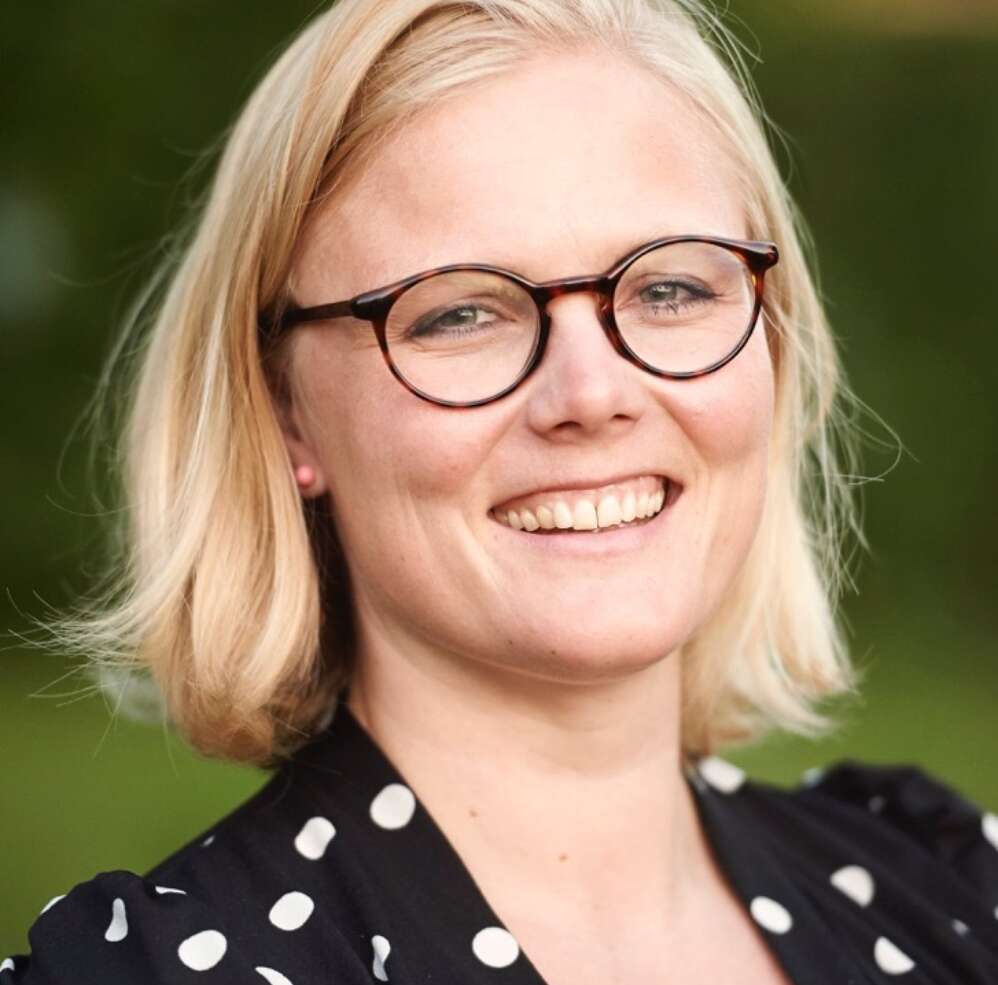
Christina Jul Gregersen on Nordisk Panorama Forum 2019
Christina Jul Gregersen on Nordisk Panorama Forum 2019
The manager of the Nordisk Panorama Forum for Co-financing of documentaries has been running the event since 2009. She spoke to us.
For first-timers at Nordisk Panorama Forum, could you summarise what is unique about the industry event?
Christina Jul Gregersen: Nordisk Panorama Forum is the place to be if you want to connect with the Nordic documentary community. The public pitches take place in an intimate and generous atmosphere where newcomers can learn who is who, and familiarise themselves with the most important Nordic players, as well as a variety of international financiers. Nordisk Panorama is a first stepping stone before venturing out on the international scene. It’s the perfect place to build your network and meet with colleagues from all of the Nordic countries.
What is the percentage of returnees and first time attendees, number of buyers/festival programmers/financiers at NPF?
CJG: At this time, we don’t know the percentage, but we always try to include a good mix of newcomers and returning guests. What we do know is that many of our guests continue to come back year after year, which must mean that Nordisk Panorama Forum is a valuable event for them to participate in and a good place to do business.
When we select projects, we are careful to include upcoming talents as well as more seasoned producers and directors. This is also reflected in this year’s line-up where the Nordic wildcards selected by the Nordic film institutes, play a crucial role in introducing new talents or new ways of working. In the selection, we have experienced directors like Magnus Gertten, Even G. Benestad and Christoffer Guldbrandsen.
We also present projects from newer talents such as Ellen Fiske, Katrine Philp and Emil Langballe. The same goes for the producers. We have experienced producers such as Signe Byrge Sørensen, Stina Gardell, Margrét Jonasdottír, Carsten Aanonsen, Margarete Jangård, and we also welcome young producers such as Kirstine Barfod, Rikke Tambo Andersen, Emile Péronard, Marianne Mäkelä, Satu Majava and Thorvald Nielsen.
At this point we have more than 70 decision-makers confirmed. On top of Nordic public broadcasters and film institutes, we have ARTE France, ZDF /ARTE, Netflix, POV from the US, just to name a few. We are also bringing in a special US delegation with ten companies, as a collaboration with the Danish Film Institute and the Danish Ministry of Culture. Among them are the Tribeca Film Institute, Participant Media, RYOT and Impact Partners.
This year again, 24 Nordic projects will be pitched at the Forum. What trends could you identify in terms of themes, creative approaches, experienced vs upcoming filmmakers, financing/co-production models?
CJG: Every year we have a wide range of themes and approaches, so it is difficult to just highlight a few. But I would say that we’ve received a lot of projects focusing on children and youth as well as on different minorities or indigenous groups. We also have several projects following people's journeys, when they are returning to a place they left, sometimes decades ago. We also have a lot of character-driven stories within the categories of human interest and social issues. Some topics are tough, but many projects are empowering.
Another 21 projects will be pitched at the Observers+ projects section. How do you decide which project is more adapted for that section?
CJG: We’ve had so many good projects applying that we simply couldn’t fit them all in our pitching sessions. Plus not all projects need to be pitched in public. Sometimes, it’s nice for a project at an early stage to be able to test the potential in a one-to-one session or for a project at a later stage to follow up on previously established contacts/interest in individual meetings.
On a personal level, having worked for NPF for 10 years, what have been the high points and how do you feel NPF can continue to improve to best serve the Nordic/Baltic documentary sector?
CJG: For all of the 10 years I have been working for Nordisk Panorama Forum, we have strived to continuously develop the event and make it even more efficient. We will of course continue to do so. In my time with the organisation, we have managed to book more meetings every year, and see more funding exchange hands between participants. Even though the actual funding decisions are out of my hands, I’m proud to be able to help facilitate the interaction and make it easier for producers, directors and decision-makers to connect in one place. In these digital times, I think the personal meeting is still crucial, and bringing together the documentary community simply makes sense.